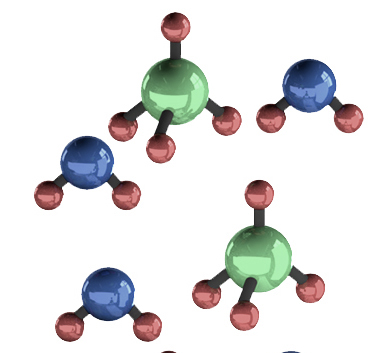
This is wonderful news for the agriculture business! The worldwide green fertiliser market is expected to reach USD 3,332.26 million by 2030, increasing at a CAGR of 4.5% from 2023 to 2030, according to a new market research analysis released by Contrive Datum Insights. According to the research, Europe will continue to lead the worldwide industry, while the United States is expected to be one of the fastest-growing areas for the production and consumption of green fertilisers.
Green fertiliser technology has been regarded as the most promising by the fertiliser industry, but the problem is to make it viable while lowering carbon emissions. Mineral fertilisers are essential for generating 50% of the world’s food, yet they need a lot of energy to produce. Renewable energy should be used to create ammonia, a critical component of mineral fertilisers, to minimise carbon emissions. Green ammonia, often known as “low-carbon fertiliser,” has the potential to decrease the amount of carbon used in food production significantly.
A commercial deal announced by Norwegian fertiliser giant Yara and prominent agricultural cooperative Lantmannen to bring a fossil fuel-free nitrate-based fertiliser to market next year is one of the most recent advancements in the green fertiliser sector. ThyssenKrupp AG also secured an engineering contract with the Canadian energy firm Hydro-Quebec to build an 88-megawatt (MW) water electrolysis plant capable of producing 11,100 metric tonnes of green hydrogen per year.
Due to its cost-effectiveness and cleaner gas generation, alkaline water electrolysis (AWE) is expected to grow at the fastest rate throughout the forecast period, according to the market segmentation study. In the European environment, ammonium nitrate and calcium ammonium nitrate are efficient nitrate-based fertilisers.
Europe has substantially improved ammonia production’s energy efficiency, and its ammonia facilities are the most energy-efficient and emit the least CO2 in the world, despite their average age. Meanwhile, due to top green fertiliser manufacturing businesses, important technology providers, strict laws, and the growing popularity of green fertilisers, the United States is expected to be one of the fastest-growing markets for the production and consumption of green fertiliser.
Overall, the green fertiliser business has a bright future, and its expansion is critical to establishing a sustainable food production system while lowering carbon emissions. I hope Australia will pursue a similar route, particularly given its tremendous renewable energy potential. Australia is well-positioned to generate green fertilisers using electrochemical or non-thermal plasma processes that use renewable energy sources due to its plentiful sunlight and wind. By adopting these technologies, Australia has the potential to become a worldwide leader in the green fertiliser industry and contribute to lowering the carbon footprint of agricultural activities.